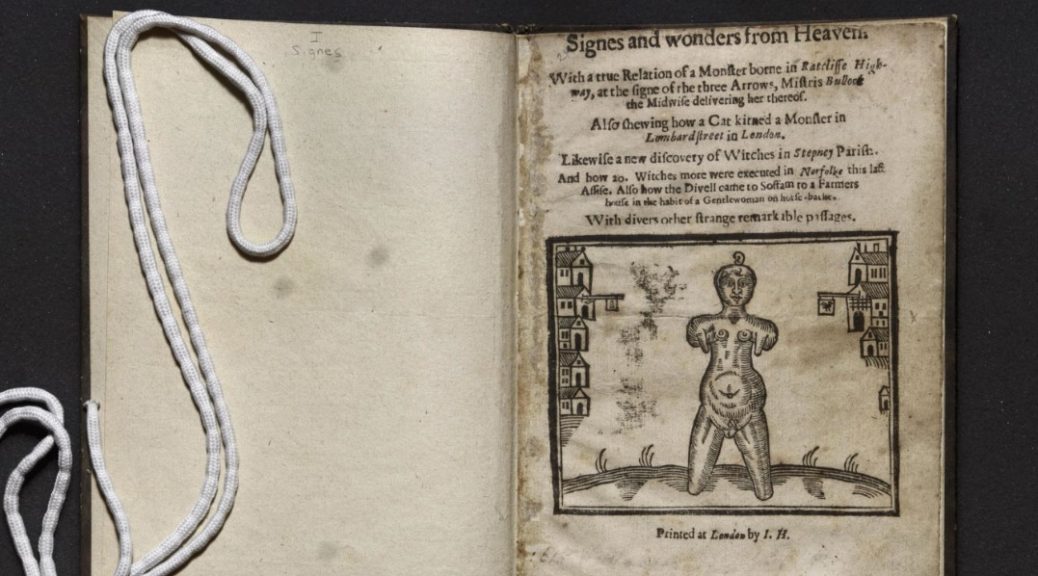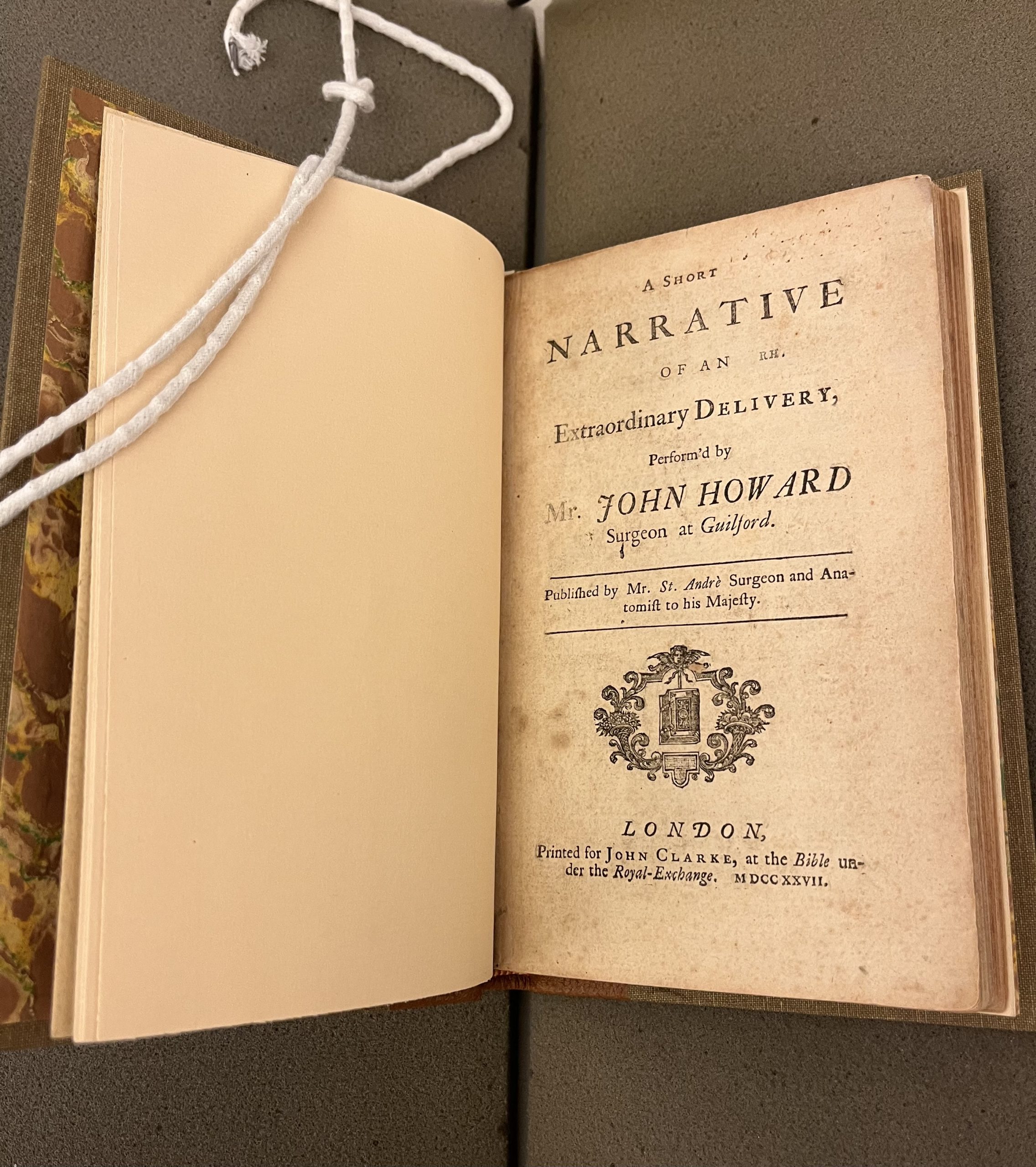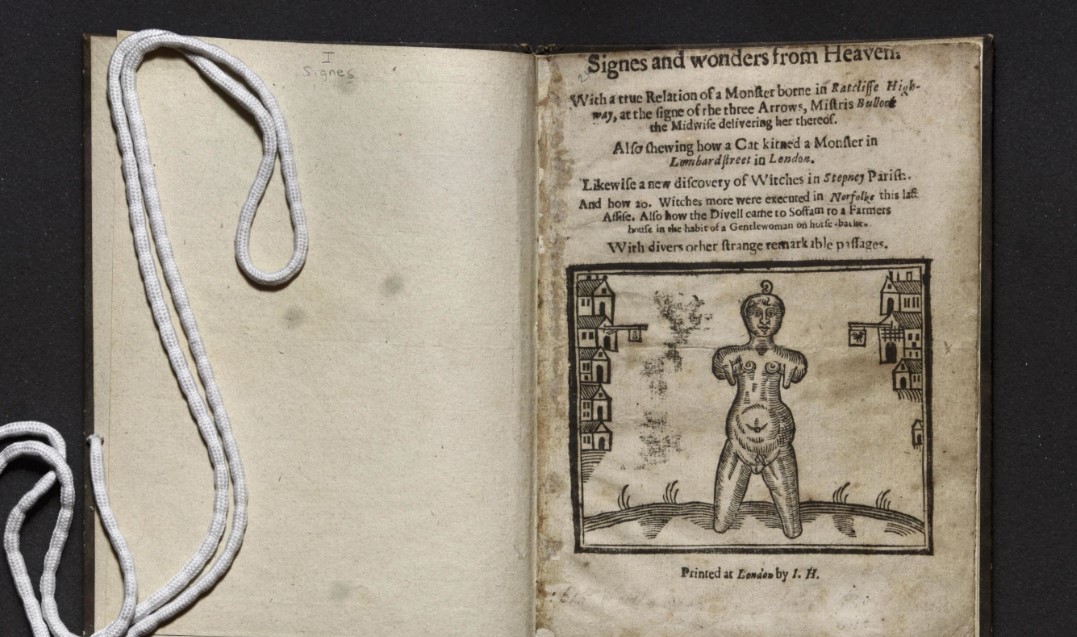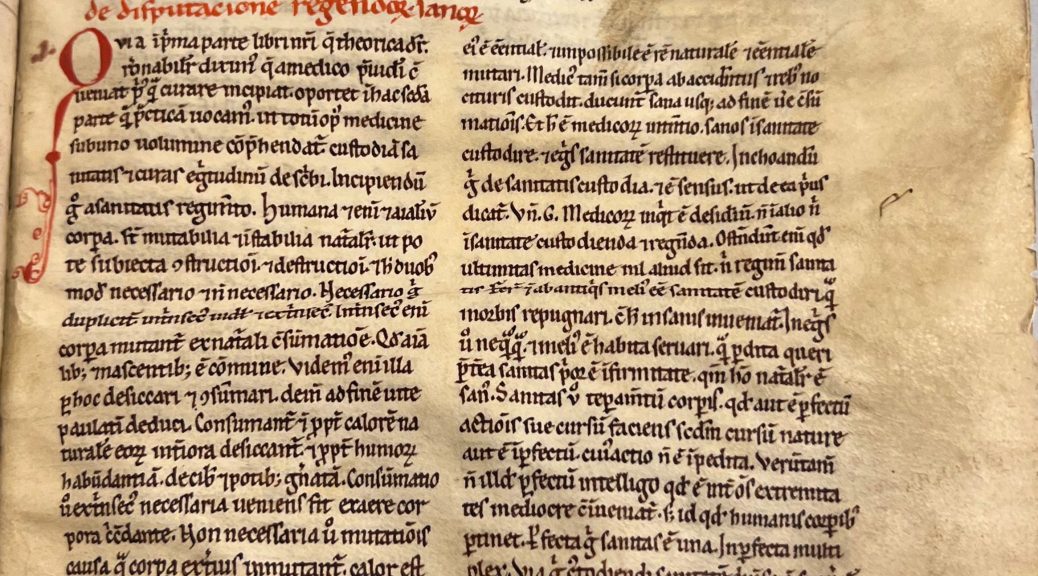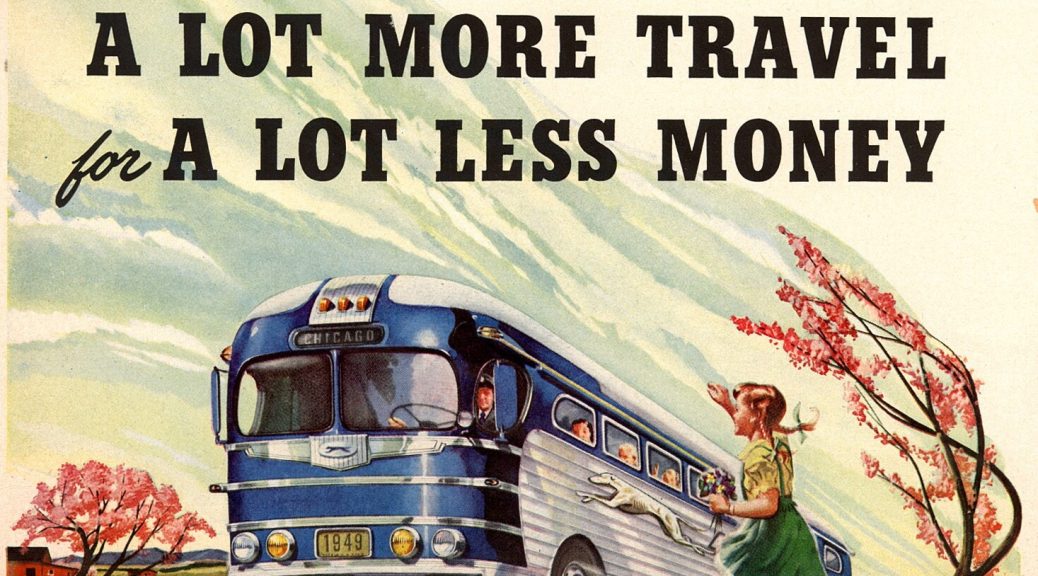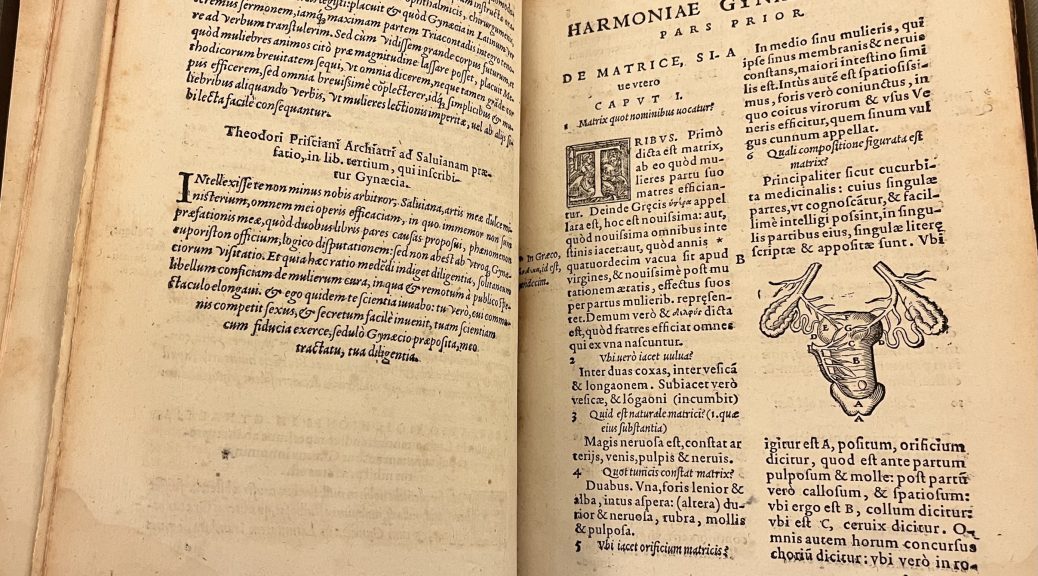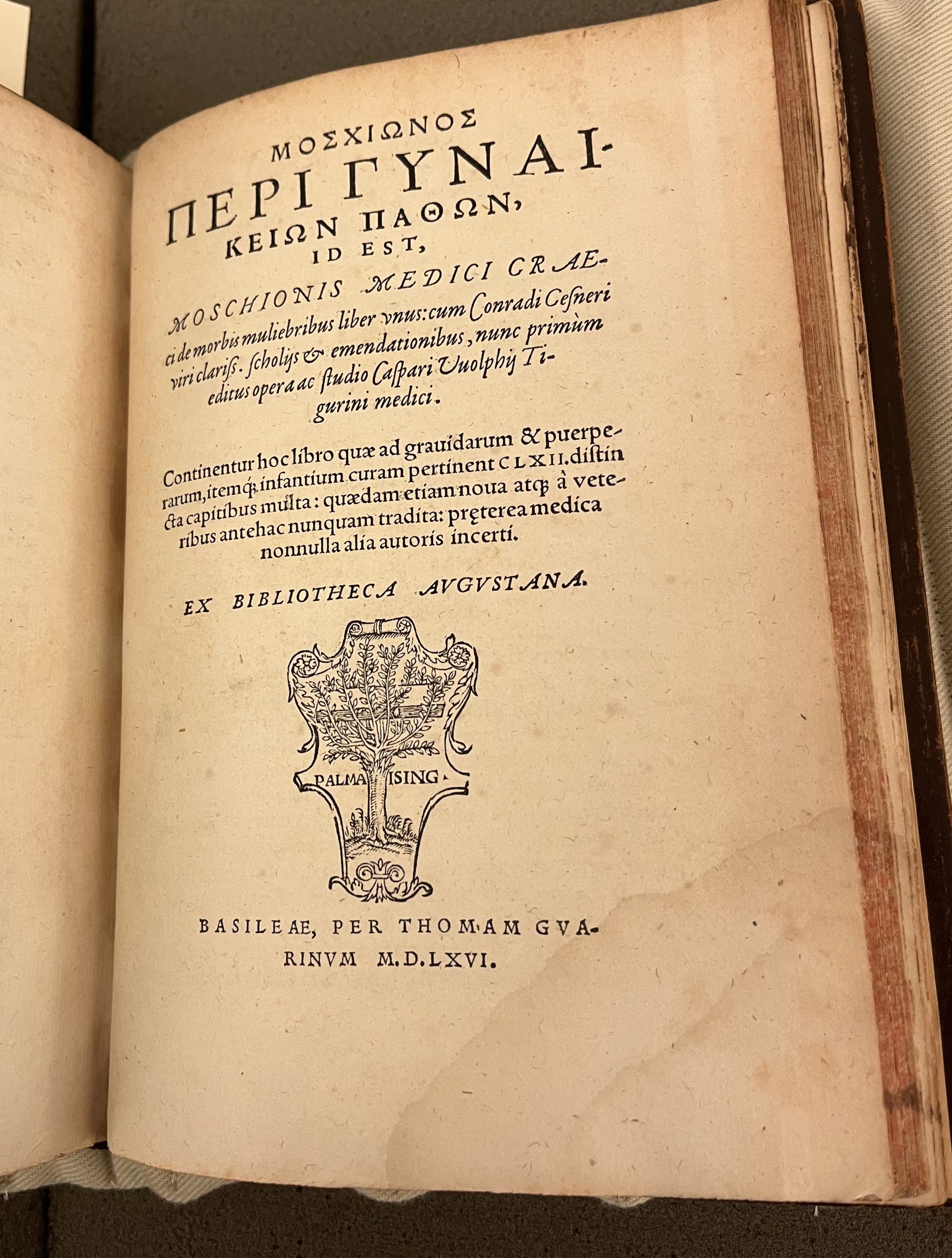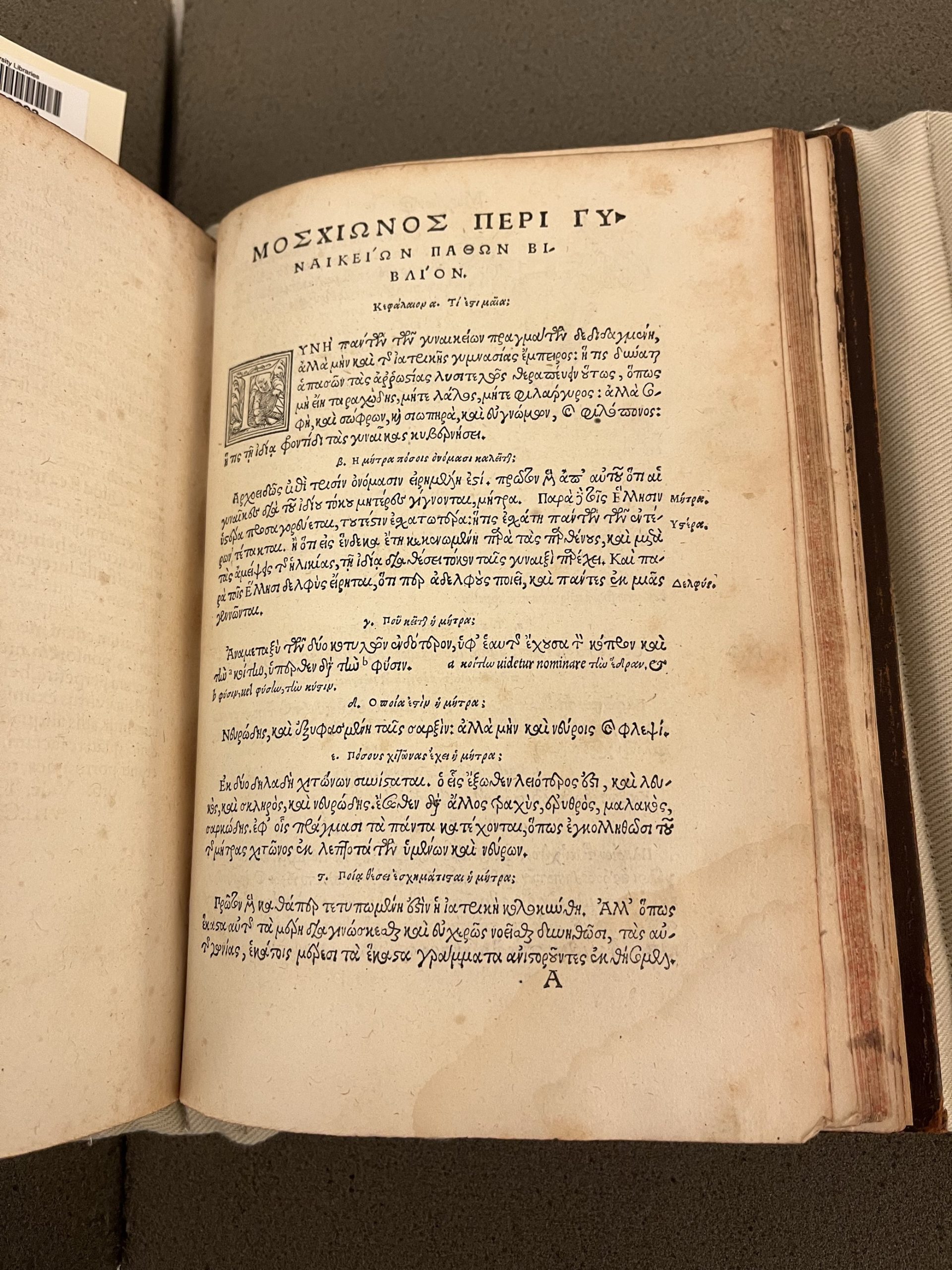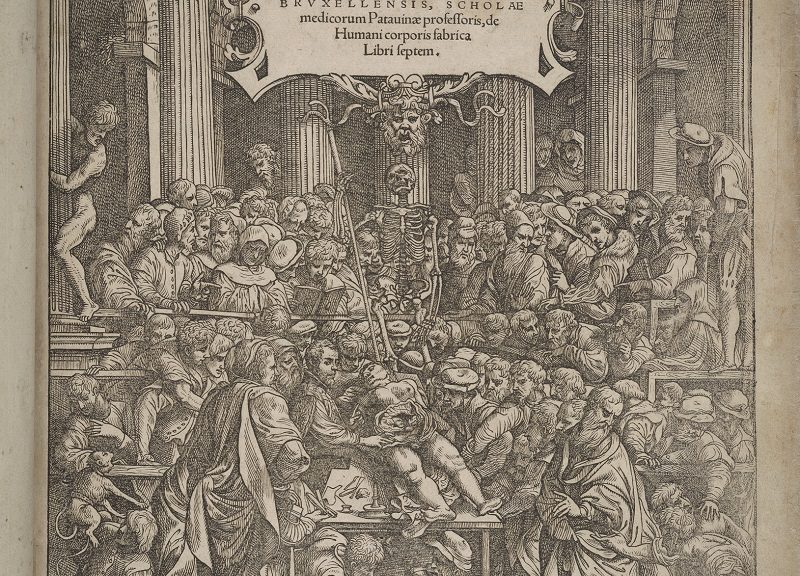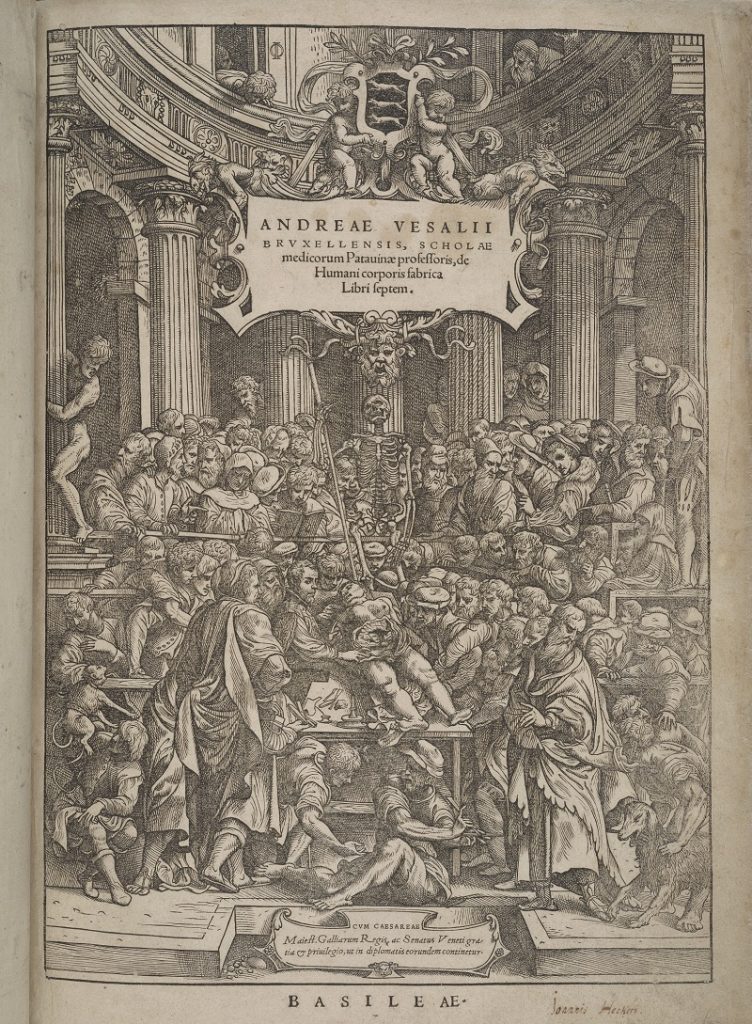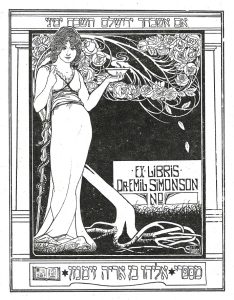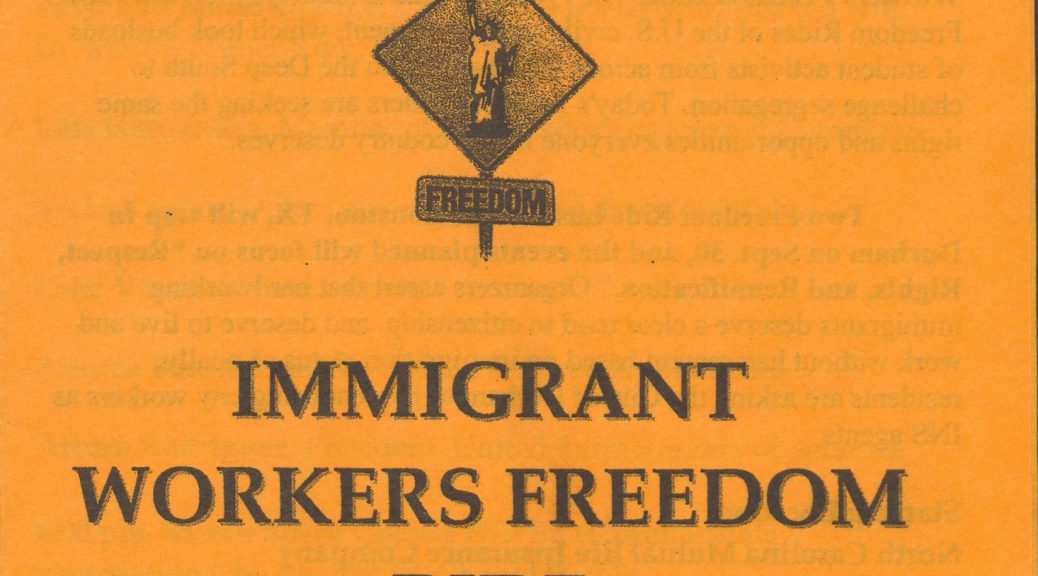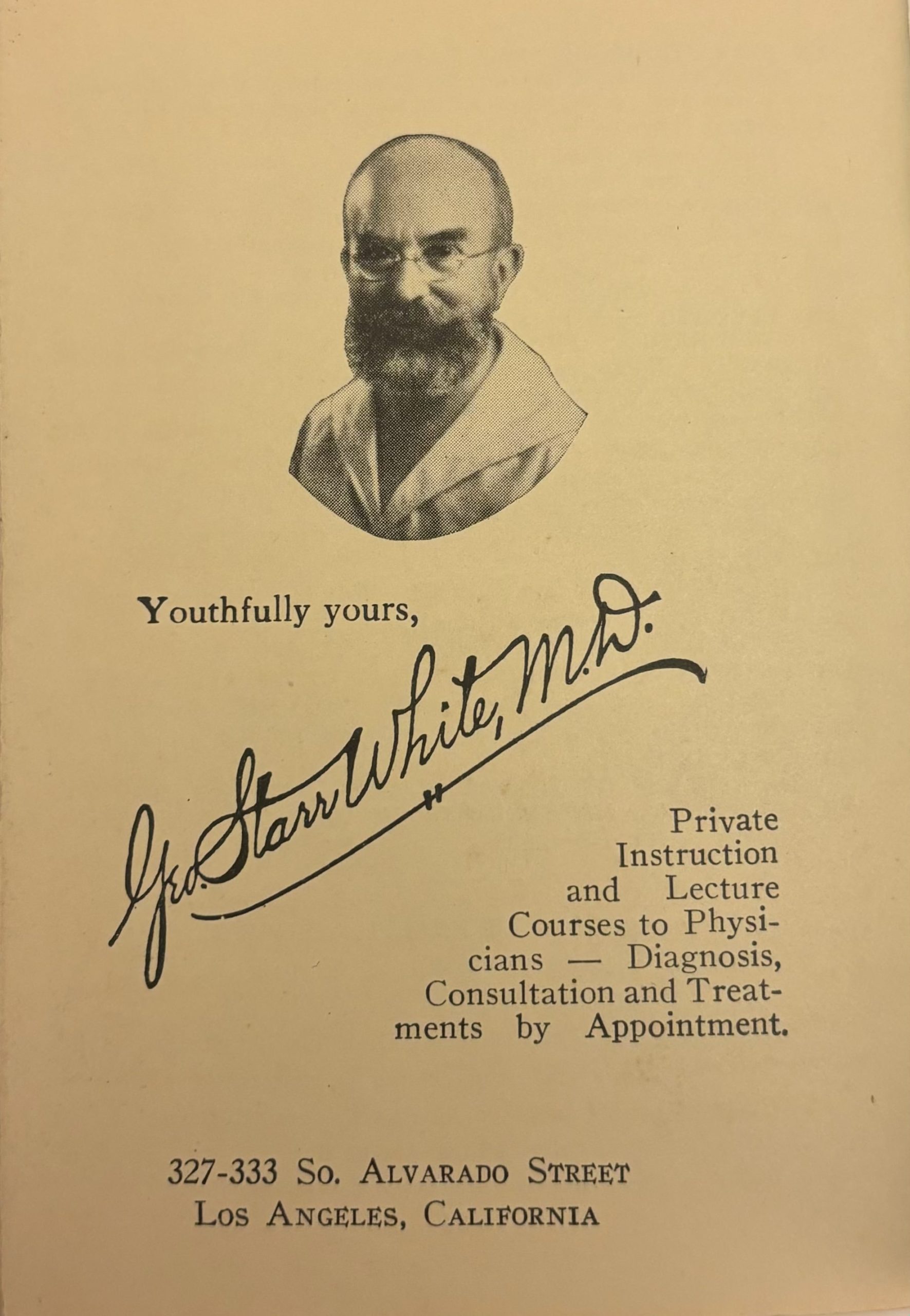Every year, we enjoy hearing more from our graduate student interns who work in the Rubenstein Library. We are thrilled to have Madeline Huh, the Josiah Charles Trent History of Medicine intern, share more below about her experience. Thank you, Madeline for your work and contributions over the past year!
Tell us a little about yourself.
My name is Madeline Huh, and I am currently finishing up my first year in the MSLS program at UNC School of Information and Library Science in Chapel Hill. For my undergraduate, I attended Tufts University in Medford, Massachusetts, where I studied Greek & Latin language and worked in the department of Special Collections in the library.
My study of classical languages is what introduced me to working with special collections, and more specifically rare books and early manuscripts, in the first place. I took a course in Medieval Latin my freshman year of college, and a significant part of that course was learning to transcribe early Latin manuscript fragments and get that transcription into a machine-readable format, so the library’s description of the fragments could be improved. My interest in special collections stuck after that experience. As the years have passed, I’ve developed strong interests in the history of the book, medieval Latin manuscripts, and early modern print culture. Ideally, I hope to pursue a career as a rare book librarian.
Outside of work and school, I enjoy running, reading for fun, spending time with my cat, and going to concerts!
What do you find interesting about working in libraries, especially our History of Medicine Collections?
For me, it’s wonderful to be in close contact with historical books, papers, and artifacts and to feel connected to the past in such a material way. I think there’s so much value in being able to work directly with physical materials in the library and better understand their historical context through the lens of materiality. Likewise, it’s special to be able to share this with patrons and students who come to the Rubenstein Library’s reading room and instruction sessions, especially those who are just beginning to learn about special collections research. Each person brings their own unique interests and experiences to the library, and it’s rewarding to do what I can to help people’s research blossom.
Beyond that, I am personally interested in histories of gender and sexuality, particularly in medieval and early modern Europe, which has made working in the History of Medicine Collections a great fit for me. Working here has allowed me to consider the many ways that the study of women, gender, and sexuality intersects with health and medicine–just a few of these are the development of the fields of obstetrics and gynecology, global health outcomes for women, changing definitions of “deviant” gender and sexuality, the development of contraceptive care, and medical responses to queer identity. These topics are strongly represented in the History of Medicine Collections, also often having some overlap with materials from the Sallie Bingham Center for Women’s History and Culture. I consistently learn so much through my work here, which is a huge part of why I enjoy working in libraries.
What is a memorable experience from your internship?
Oh, there have been so many! It’s hard to choose just one.
There were a couple days where Rachel Ingold, Meghan Lyon, and I worked on creating an inventory for the Thomas Bashore Collection of artifacts. There were so many surprising and remarkable items to look at during these meetings, from a leech jar, to various bloodletting tools, to electro-therapy devices, to a physician’s sample of LSD.

We would open up a box with a vague idea of what was inside, unwrap the artifacts from tissue paper (which felt a little like unwrapping gifts, in a strange way), and then try to figure out what we were looking at more specifically. Rachel came equipped with reference books on medical instruments that were so interesting to look through as well.
I’ve deeply enjoyed getting to learn more about the artifacts in the History of Medicine Collections throughout this year. These are things you might not expect to find in a library, but they have such great teaching and research potential and are such a great compliment to the other print and archival materials in the collections. Beyond that, learning about donors and the donation process in the History of Medicine Collections has been so interesting to me.
Do you have a favorite item you’d like to share?
I especially love the items in the History of Medicine Collections that show the intersection of art and medicine. One famous example of this is the frontispiece of Andreas Vesalius’s De humani corporis fabrica, which was so cool to see in person and regularly use during instruction. A few years ago, I read Katharine Park’s book Secrets of Women, and since then, I’ve been so fascinated with the woman depicted at the center of the Vesalius frontispiece.
One book that I wasn’t familiar with before working in the History of Medicine Collections is a 1551 edition of Hans von Gersdorff’s Feldtbuch der Wundt Artzney, which might be translated as the “Fieldbook of Surgery.” For one thing, this book features the original of the woodcut Josiah Charles Trent adopted for use as his bookplate, which depicts an amputation:

There are so many interesting hand-colored woodcut images in this book, such as this skeleton with a vibrant green background, which I love.

Early printed books like these are so interesting to me because of the way they show the connection between the artisanship of printing and the pursuit of understanding of the human body. I’m deeply grateful for experiences I’ve had during this internship, being exposed to familiar and unfamiliar materials alike and developing a knowledge of the kinds of print and archival materials that make up the History of Medicine Collections.
I’m very grateful for the experiences I’ve been able to have this year as the intern for the History of Medicine Collections!




